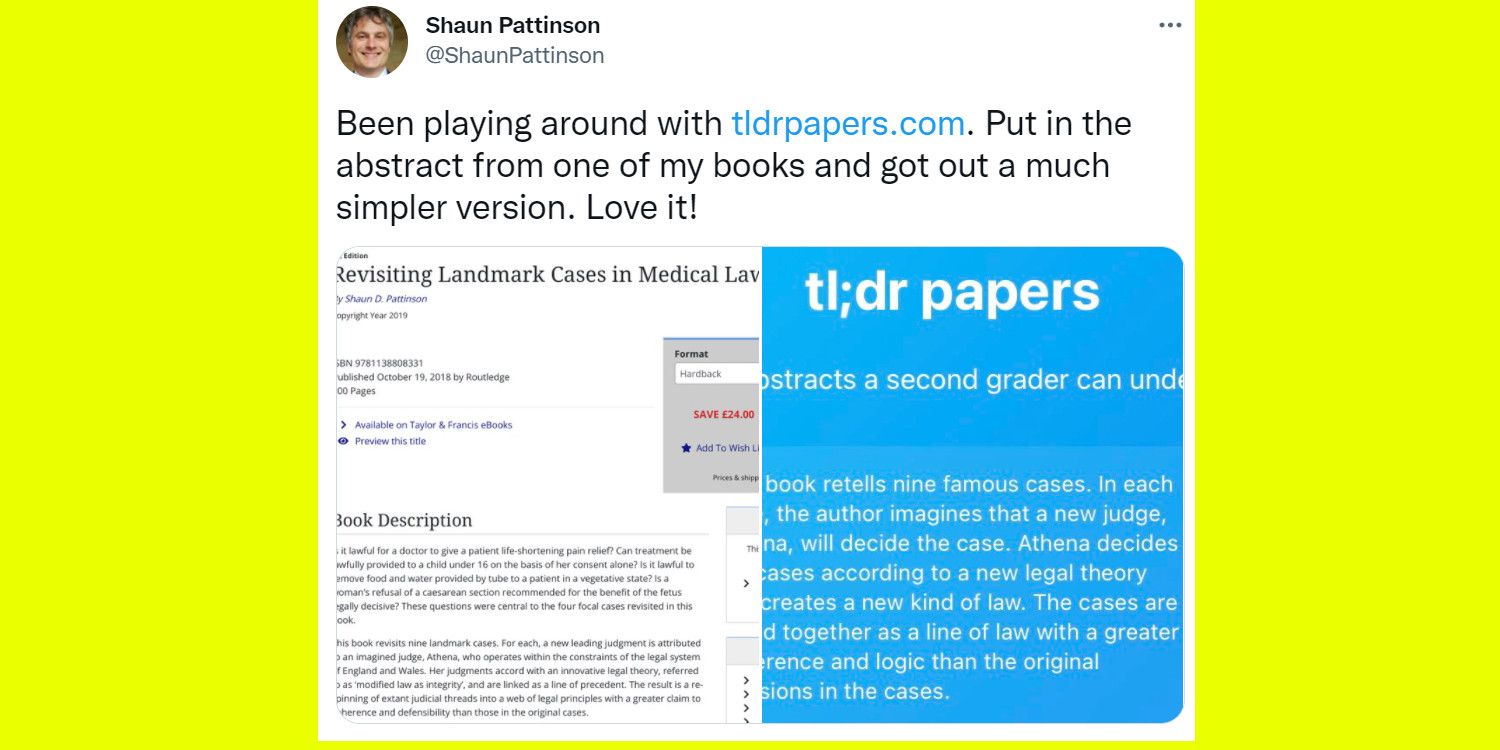Science research papers are notoriously difficult for an average person to comprehend without drifting away, but an artificial intelligence project aims to change that by summarising the gist in merely a few sentences that are easy enough for a second grader to understand. Now, this is not the first project of its kind, but it does set the bar of understanding a lot lower. Last year, the folks over at the Allen Institute for Artificial Intelligence in Seattle created a free tool baked into a scientific search engine called Semantic Scholar that provided one-sentence summaries of research papers.
The goal was to let users skim through a lengthy research paper’s core premise a lot quicker. Preliminary research suggested that the TLDR tool — an acronym for Too Long; Didn’t Read — actually allowed the visitors to skim through the search results a lot faster than reading the titles (that are often a little too discovery-specific) and abstracts (that usually tend to be a little too concentrated), especially when viewed on a smartphone. But, of course, in a world where an AI can read Dante and write its own poetic response, the AI-driven summary tool is not too surprising. “TLDR This” is another fairly popular tool that condenses research papers into a few summary paragraphs.
A new kid on the block has lowered the bar to the comprehension level of students in second grade. Say hello to tl;dr papers, a research paper summarising AI that describes its motto as “science abstracts a second grader can understand.” At first, the project sounds too ambitious because one can’t expect even a season expert, let alone an AI, to explain what a niche quantum tunneling breakthrough is all about to a school-going kid. But it appears that the scientific research community is quite enamored by the idea. A quick look at Twitter shows experts sharing their tl;dr papers experience with all sorts of emotions in tow, from amazement and excitement to amusement and skepticism. The results, on the other hand, appear to be mixed.
Entertaining Scientists, One Summary At A Time

An in-depth analysis of “Thanatological verbs” by E. Matheww Husband turned into a biblical tale of how Jesus told people to love and inspired them to tell stories — stories that contain a figure of speech called a verb, of which there are many types. Husband, a professor in Psycholinguistics at the University of Oxford, shared the funny results on Twitter. But sometimes, even the experts appear to be impressed. For example, Anton Poikolainen Rosén, a Ph.D. student at Sweden’s Sodertorn University, wrote about how smartphone photography can be leveraged to improve farming. The AI behind tl;dr papers summarised it with beautiful simplicity, something that Rosen also labeled as “meaningful” on Twitter.
Just type the words “tldrpapers.com” in the search field of Twitter to see the kind of engagement it has stirred. But there are some limitations to it as well. Talking to The Verge, Yash Dani and Cindy Wu — the brains behind the AI tool — revealed that tl;dr papers only goes through the abstract of a research paper, which usually happens to be an extremely condensed form of the research findings and is loaded with scientific terms that an average joe would find hard to understand. Based on the popular neural network machine learning model called GPT-3, tl;dr papers was created as an educational project. At the time of writing this, the website shows an “under maintenance” error, but the creators behind it don’t have any intentions of long-term running and maintenance.




